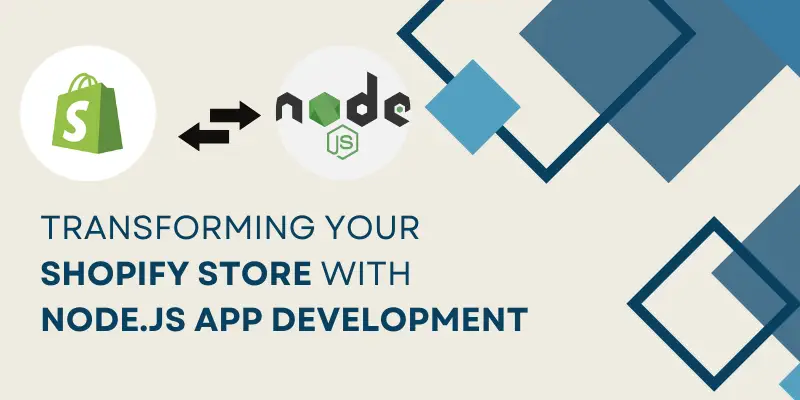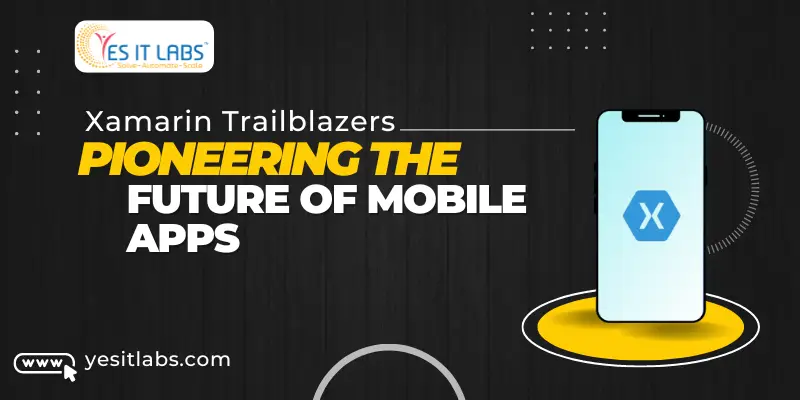
 By Admin
By Admin PHP Frameworks: Which One Is Right For Your Next Project?
What is a PHP Framework?
PHP, an open-source language, serves as the foundation for a PHP framework, which has built-in capabilities to improve your software development lifecycle. These capabilities accelerate development and improve team performance by reducing your developers’ workload.
PHP is quite durable because it has been around for a long time. PHP is widely used in the development world for everything from software and web development to computer programming. It is used by developers to create a wide range of projects, including desktop applications, video games, command-line scripting, automation services, and much more.
Due to the variety of uses, it has a decent learning curve. These frameworks offer pre-built platforms, guidelines, and software, which reduce the learning curve.
Why use a PHP framework?
Using PHP frameworks rather than starting from scratch has many benefits.
Faster Development:
Less time is needed for development because PHP frameworks come with integrated libraries and tools.
The CakePHP framework, for instance, comes with the Bake command-line tool, which can quickly generate any skeleton code you need for your application.
The PHPUnit library has been integrated into a number of well-known PHP frameworks for simple testing. Hire PHP developer who is experienced not only in designing unique PHP apps but also in integrating and improving your existing PHP-based applications.
Less Code to Write:
You won’t have to write as much original code if you use the framework’s built-in functions.
Libraries for Common Tasks:
Web apps require developers to perform a lot of routine tasks. Examples include data cleansing, form validation, and CRUD operations (create, read, update, and delete). For these tasks, you can just use the built-in functions rather than creating your own.
Follow Good Coding Practices:
The best coding practices are typically followed by PHP frameworks. As an illustration, they logically arrange code into different directories based on function. They compel you to write code that is easier to read, maintain, and organize.
Additionally, you ought to adhere to the entity naming conventions that frameworks use.
More Secure than Writing Your Own Apps:
Cross-site scripting, SQL injection, and cross-site request forgery are just a few of the security risks that PHP is susceptible to. Your PHP web apps will be exposed unless you take the necessary precautions to secure your code.
Although it reduces the likelihood of hacker exploits, using a PHP framework is not a replacement for writing secure code. Data sanitization and defenses against the above-mentioned typical threats are features that good frameworks have built in.
Better Teamwork:
Utilizing a framework creates clear ground rules for your project. Even if another developer is unfamiliar with the framework, they should be able to rapidly pick it up and collaborate.
Easier to Maintain:
PHP frameworks promote Don’t Repeat Yourself (DRY) development and code refactoring. Because of the leaner codebase, less maintenance is needed.
The developers will take care of maintaining the core framework, so you won’t have to.

Top 10 PHP Frameworks
Deciding to use PHP for web development should be easy enough. Considering the sheer number of global websites using PHP, there is no question that PHP is a valuable asset to any web development project.
But this says little about which specific PHP framework can best complement your project. The following list features 10 PHP frameworks.
Laravel:
Popular PHP framework Laravel features expressive syntax, effective scaling, and a sizable and supportive community. The majority of developers call Laravel expressive. Because there isn’t much boilerplate (repeated) code, it is simple to understand. Laravel is also effective enough to create complex applications. Additionally, this Endeavour is aided by its more technical features, which include a template engine, routing, security, and authentication.
Laminas Project:
Laminas Project employs the model-view-controller (MVC) design pattern, but the framework also includes enterprise-ready PHP components like dependency injection, event dispatchers, input validation, filtering, pagination, and more. The Laminas Project is a component-based framework with MVC, Mezzio, and API tools, as well as PHP components that are business-ready. Mezzio enables programmers to create PHP middleware. By definition, middleware has the ability to link hardware and software.
CodeIgniter:
Another well-liked PHP framework is called CodeIgniter. It takes great pride in how easy it is. CodeIgniter’s speed and flexibility can be used with little configuration, leaving only a small environmental footprint.
The CodeIgniter framework is more flexible because MVC software architecture is an option but not required. The framework also features clear documentation and good error handling.
Slim:
A micro framework for PHP is called Slim. The substitute for full-stack frameworks is a micro framework. They only support a small set of features.
Although this might seem like a drawback, micro frameworks like Slim can keep things straightforward.
Slim’s features, such as URL routing, session and cookie encryption, and client-side HTTP, among others, also have other benefits.
To create RESTful APIs and web services, PHP programmers use Slim.
Symfony:
A framework for developing web applications, APIs, micro services, and web services called Symfony includes tools for debugging and database support. In addition to being a framework, Symfony comes with a number of reusable PHP libraries and components.
Phalcon:
Phalcon is a full-stack framework that offers memory management, security safeguards, code compilation, low-level architecture, and enhanced performance. A fun fact about Phalcon is that the framework was created in C and is, in some ways, a C extension. However, since Phalcon is a PHP framework, you can use it without knowing C.
Fuel PHP:
Fuel PHP is a PHP framework with security features like CSRF protection, URIs, and XSS, as well as modularity and extensibility. A PHP framework called FuelPHP makes use of a hierarchical MVC variation that “widgetizes” content structures.
PHPixie’s hierarchical model-view-controller (MVC) design is renowned for its modularity, usability, performance, and low coupling. PHPixie was built with distinct components that may be utilized independently within the framework itself.
CakePHP:
CakePHP is a PHP framework for quick development that emphasizes “Convention over Configuration” (COC). CakePHP has a wide range of libraries with practical components. Encryption, password hashing, and CSRF protection are just a few of the security features included in the framework.
Yii:
Yii offers thorough documentation as well as features like layered caching, error handling, unit and functionality testing, security measures, and more. For people new to PHP, Yii is a good option.
Conclusion:
Hiring qualified developers who understand the specifics of PHP development is essential for choosing the best PHP framework for a back-end web development structure. Understanding your needs is essential before selecting a PHP framework because these tools are made to make development easier and require less work. Each framework has a unique set of strengths and weaknesses, and they will all differ in terms of the available documentation, community support, and official backing from the developers. There are numerous importance of PHP framework for web development.
As a result, choosing the best framework will depend on the needs of the project you are working on as well as your preferences for attributes like security, scalability, usability, and more.
Latest Resources
Transforming Your Shopify Store with Node.js App Development
April 30, 2024
Xamarin Trailblazers: Pioneering the Future of Mobile Apps
April 29, 2024






















 Services
Services


